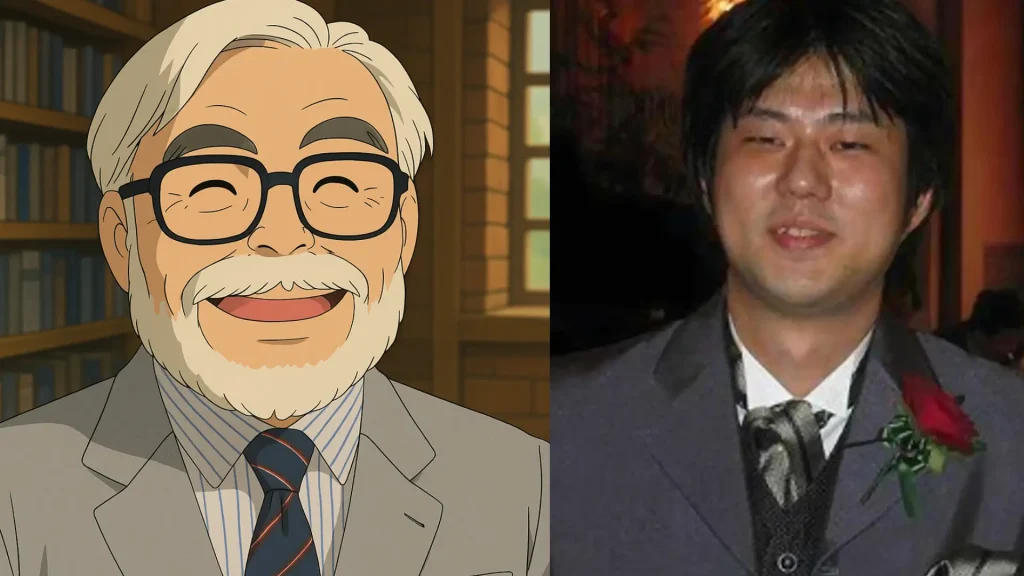The world of One Piece is packed with pirates, superpowers, epic battles, and yes, plenty of fan service. But here’s the thing: the anime and manga don’t always see eye to eye on how far that fan service should go.

While Eiichiro Oda, the creator of One Piece, has always been upfront about his desire to draw beautiful women, there’s a growing feeling in the fandom that the anime has turned that artistic choice into something more exaggerated, sometimes, distractingly so.
The Oda Approach: Fan Service with Intent
Oda has never hidden the fact that he enjoys drawing attractive characters. He’s gone on record about wanting to depict “beautiful women” and has even described moments like Nami’s “Happiness Punch” as a form of “empowering fan service.”

In that infamous scene, Nami weaponizes her sexuality to get the upper hand, a kind of cheeky reversal that positions her not as an object but as someone in control of the situation.
This perspective reflects Oda’s broader creative philosophy. Rather than throwing in fan service for shock value or titillation, he seems to be interested in using it deliberately, sometimes as a joke, sometimes as a plot point, and occasionally, as a nod to long-time readers. That layered approach doesn’t always land with everyone, but it’s at least coming from a place of intention.
But the Anime? That’s a Different Story
Now here’s where things start to split. The One Piece anime, produced by Toei Animation, has been criticized by fans for taking Oda’s already curvy designs and blowing them up, sometimes literally.
Scenes that were subtle in the manga are blown up with very generous camera angles, slow pans, and the kind of up-close shots that feel more at home in a fan-made AMV than a prime-time shonen series.
For example, Robin’s bust size in the anime has noticeably shifted in certain arcs compared to how she’s drawn in the manga, to the point where fans have called it out as a deliberate exaggeration. These aren’t just nitpicks, they point to a larger pattern of the anime leaning harder into sexualization than the source material ever intended.
The Evolution of Fan Service in One Piece

Long-time fans of the series have noticed a distinct change in tone when it comes to fan service, particularly after the post-time skip era. Take Rebecca from the Dressrosa arc, for example. Her battle attire, if you can even call it that, sparked heated discussions online. Many felt it crossed the line from cheeky to objectifying, especially given her character’s tragic backstory and emotional complexity.
And the trend hasn’t reversed. In Wano, characters like Shinobu and Yamato continue to draw attention for their designs just as much, if not more, than for their narrative roles. It’s a shift that some see as undercutting the emotional weight of the story.
And sure, One Piece has always used comedy to soften its rougher edges, Sanji’s nosebleeds, Brook’s obsession with panties, etc., but even those jokes start to wear thin when they’re repeated without variation. What once felt funny now sometimes feels formulaic.
Cultural Lens vs. Global Eyes
It’s impossible to have this conversation without touching on cultural differences. What’s seen as lighthearted or playful in Japan might come across as tone-deaf or excessive to international audiences. But One Piece is no longer just a Japanese property. It’s a global powerhouse, streaming in multiple languages with fans on every continent. That changes the stakes.
When Toei pushes fan service further in the anime, it’s not just amplifying Oda’s vision, it’s reshaping it for a different audience, one that might not interpret those choices the same way. That disconnect is where a lot of the current discomfort lies.
So why does Toei lean in so hard? Is it about appealing to a certain demographic? Trying to liven up episodes with visual spice? Or is it just a matter of individual animators taking artistic liberties?
Whatever the reason, the end result is clear: the anime adaptation of One Piece amplifies fan service in ways the manga generally does not. And that amplification affects how characters are perceived. A moment meant to highlight Nami’s cunning in the manga can feel like an unnecessary boob shot in the anime. Robin’s quiet strength risks getting overshadowed by her constantly shifting proportions.


